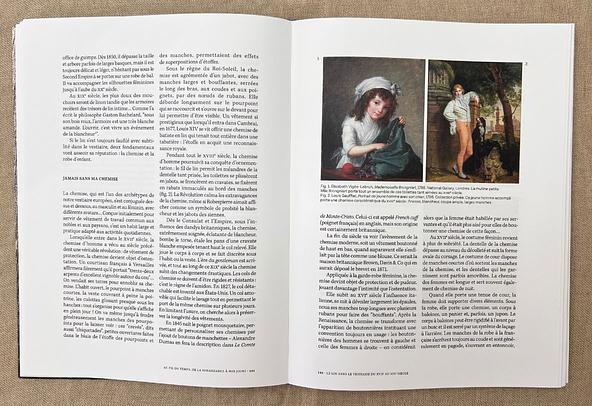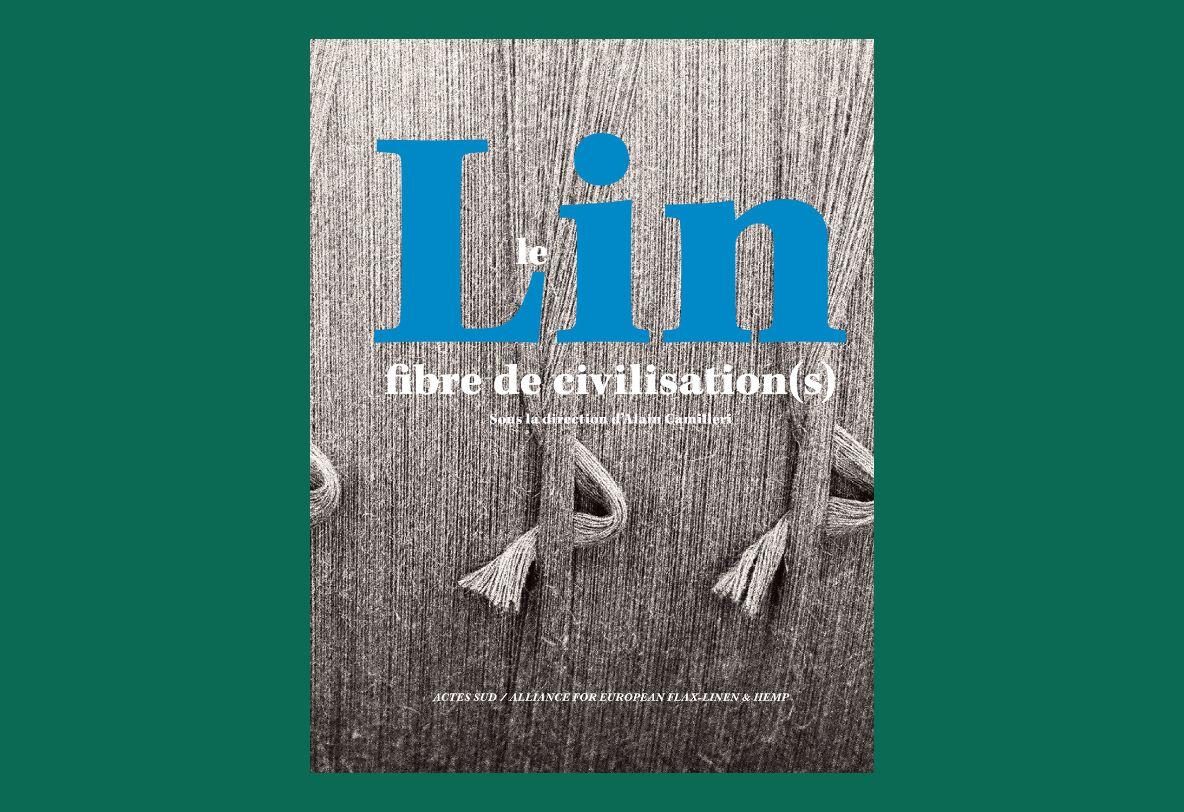Linen in the 18th Century: lightness, refinement, and extravagance
Technological innovation, extravagant tastes and fashions: the 18th century opened up new opportunities for linen in terms of technical diversification and aesthetic excellence.

Technological innovation, extravagant tastes and fashions: the 18th century opened up new opportunities for linen in terms of technical diversification and aesthetic excellence.

In the 18th century, linen continued to play a central role in the textile industry, and advances in weaving and finishing techniques enabled the fabric to expand its aesthetic appeal and product applications.
This led to the perfection of ever-finer linen lawn fabrics, and the development of toilettes, the light kerchiefs (headscarves) that became a French speciality, and whose fluidity and transparency lent themselves to the development of new uses in men's and women's clothing.
For men, the shirt remained the essential component of their wardrobe, and became increasingly extravagant. Shirts became more ornate, with sophisticated lace and refined embroidery. They were adorned with fine collars and immaculate sleeves in linen lawn or toilette (very fine piece of fabric), which were pleated into jabots (frills) or gathered up into ties for added elegance.
And although the French Revolution curbed these excesses, shirts remained a central and distinctive element of clothing for men, like Robespierre's ostentatious white shirt with jabots.
In women's clothing, although linen shirts remained central garments for shaping the silhouette, they tended to shrink in size, particularly around the bust. So much so, that by the mid-18th century, women would wear very fine, light linen-lawn or toilette kerchiefs, often adorned with lace, to hide their cleavage.

It was also at this time that the first "hygiene" movements started to advocate greater freedom of movement for the body, which until then had often been trapped under heavy court garments.
In this context, Marie-Antoinette launched the fashion for a light linen lawn dresses, known as a “gaulle”, simply fitted at the waist with a sash. This dress, depicted in Élisabeth Vigé-Lebrun's famous portrait of the Queen of France, caused quite a stir at the time, since it was deemed unseemly for a queen to be so lightly dressed!
In addition to addressing the tastes of men and women, 18th-century fashion also took children into account. Up until the age of seven, both boys and girls wore white linen dresses - the symbolic colour of childhood innocence. Dresses known as “à la jaquette” (frock jacket), “en tablier” (apron) or, from 1750 onwards, “en fourreau” (under-dress or sheath dress), were intended to highlight the family's social standing through the richness of the details and the fineness of the fabrics used.
After the excesses of elegance and extravagance under the Old Regime, the post-revolutionary 19th century heralded the democratisation of linen, which, driven by the industrial revolution, would become an integral part of every fashions.
The Industrial Revolution, modernising the use of flax fibre

Flax-Linen, the fibre of civilisation(s): the event book that unveils the history of a thousand-year-old textile
{{message}}